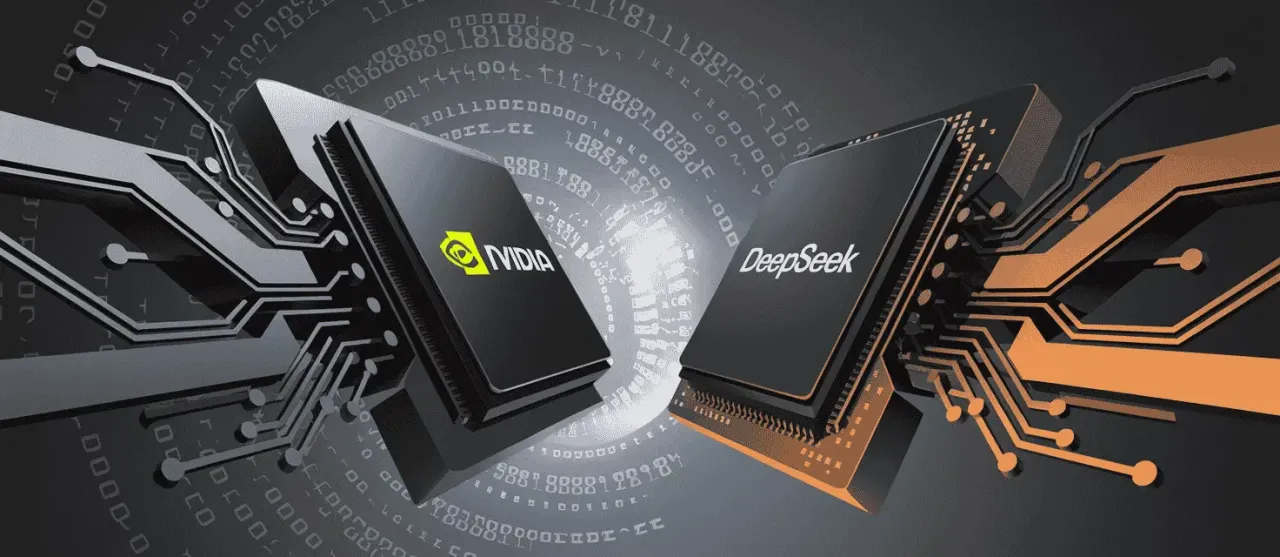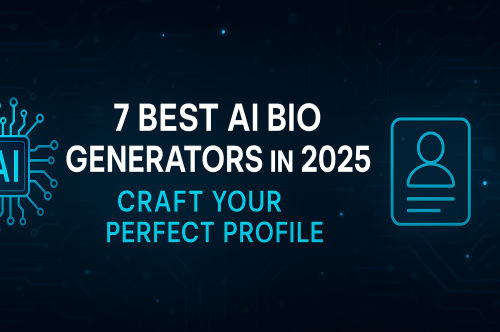DeepSeek vs NVIDIA: How AI Hardware is Evolving

The artificial intelligence (AI) industry has long been dominated by giants like NVIDIA, whose GPUs have become nearly synonymous with machine learning and AI innovation. But change may be on the horizon. A bold challenger, DeepSeek, has been making waves in the AI community, positioning itself as a potential disruptor to NVIDIA's reign.
What exactly is fueling DeepSeek's rise? Does this signal a broader shift in the AI industry, and how might it reshape the future of AI development? This blog will explain what you need to know about these tectonic movements in the rapidly evolving world of artificial intelligence.
NVIDIA's Golden Era in AI
NVIDIA has been leading the AI space for over a decade, thanks to its cutting-edge graphics processing units (GPUs). Initially designed for gaming, NVIDIA's GPUs quickly became integral to AI and deep learning applications due to their ability to handle parallel processing tasks better than traditional CPUs.
Notable applications include autonomous vehicles, natural language processing (like ChatGPT), and advanced image recognition tools used in everything from healthcare diagnostics to facial recognition systems.
Why NVIDIA Dominated the AI Scene
NVIDIA's leadership is not a fluke. Here are the key reasons behind its long-standing dominance in the AI industry:
-
GPUs Optimized for Machine Learning
NVIDIA invested heavily in optimizing its GPUs for AI purposes. CUDA, its proprietary parallel computing platform, allowed developers to accelerate machine learning computations quickly.
-
Ecosystem Support
Beyond hardware, NVIDIA has built a robust ecosystem of software tools, such as cuDNN and TensorRT, tailored for AI and machine learning. This ecosystem made it easier for developers to implement NVIDIA's hardware into their workflows.
-
Market Penetration
NVIDIA hardware became ubiquitous with partnerships across the automotive, healthcare, and entertainment industries. Its GPUs, including Google Cloud and AWS, power the world's largest AI data centres.
While NVIDIA has been a driving force in AI developments, there's always room for challengers. And that's where DeepSeek steps in.
DeepSeek
DeepSeek, a relatively new player, has steadily climbed the AI hardware ranks. With a unique approach to solving AI-related computational challenges, the company has positioned itself as more than the typical underdog. It's becoming a genuine contender to NVIDIA's monopoly.
What Makes DeepSeek Different?
-
Custom AI Processors (AIPUs)
DeepSeek specializes in developing advanced AI Processing Units (AIPUs) designed specifically for deep learning workloads. Unlike GPUs, which are often generalized to cater to multiple use cases, AIPUs focus entirely on accelerating AI processes.
-
Energy Efficiency
Scalability often comes with a heavy energy cost, but DeepSeek's technology boasts greater efficiency. DeepSeek appeals to enterprises and environmentally conscious developers and organizations by reducing power consumption.
-
Open-Access Model
DeepSeek's platform embraces open-access principles, making its hardware more accessible for small- to medium-sized tech companies that want cutting-edge hardware without NVIDIA's high price tags or proprietary restrictions.
-
AI Performance Benchmarks
Recent benchmarks revealed that DeepSeek's processors outperform NVIDIA's flagship GPUs in tasks like training huge transformer models (e.g., GPT-like architectures). Faster processing times = greater interest from developers.
Why did NVIDIA lose $600 billion?
NVIDIA's reported $600 billion loss can be attributed to several converging factors that highlight the volatility of the technology market. A primary contributor has been the increased competition in the AI hardware sector, with emerging companies like DeepSeek and established players intensifying the race. This has led to market share erosion and pressure on NVIDIA's traditionally strong product lines.
Additionally, macroeconomic challenges such as fluctuating consumer demand, supply chain disruptions, and tightening global regulations have further strained the company's operations and revenue streams. The decline in cryptocurrency mining demand, once a significant driver of GPU sales, has also played a role as the market adjusts to shifting priorities in blockchain technologies. These circumstances have created a challenging environment for NVIDIA, raising questions about its strategy and adaptability in a rapidly evolving industry.
How did DeepSeek lead to Nvidia's historic market loss?
DeepSeek's rise in the AI hardware sector was pivotal in NVIDIA's historic market loss. By leveraging cutting-edge innovations and competitive pricing, DeepSeek managed to capture a significant portion of the AI hardware market that NVIDIA previously dominated. Their advanced chips, optimized for AI and machine learning applications, offered improved energy efficiency and cost-effectiveness, making them highly attractive to startups and established companies.
Additionally, DeepSeek's strategic partnerships with key industry players helped to rapidly expand their reach and influence, directly undercutting NVIDIA's market share. This intensified competition forced NVIDIA to lower prices on some of its flagship GPU products, further straining its profit margins. DeepSeek's disruptive presence highlighted vulnerabilities in NVIDIA's product strategy and underscored the growing challenge of maintaining leadership in an increasingly crowded and fast-evolving industry.






